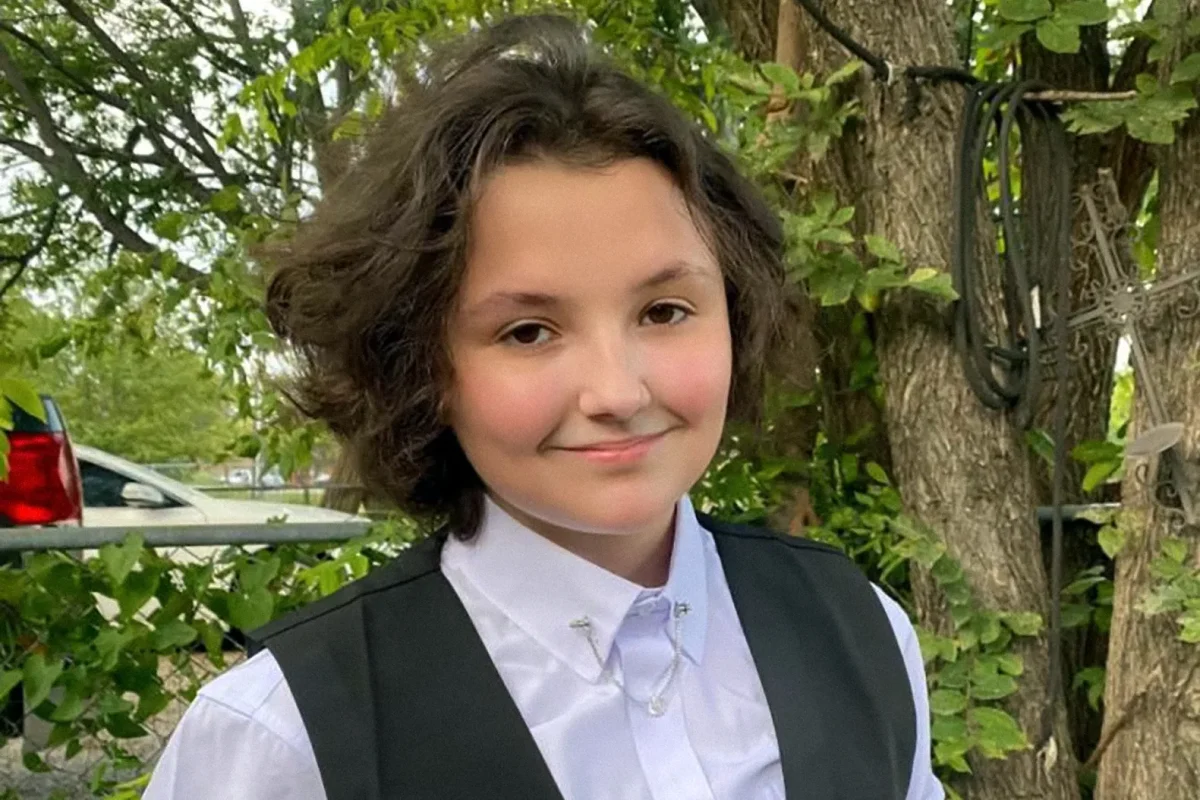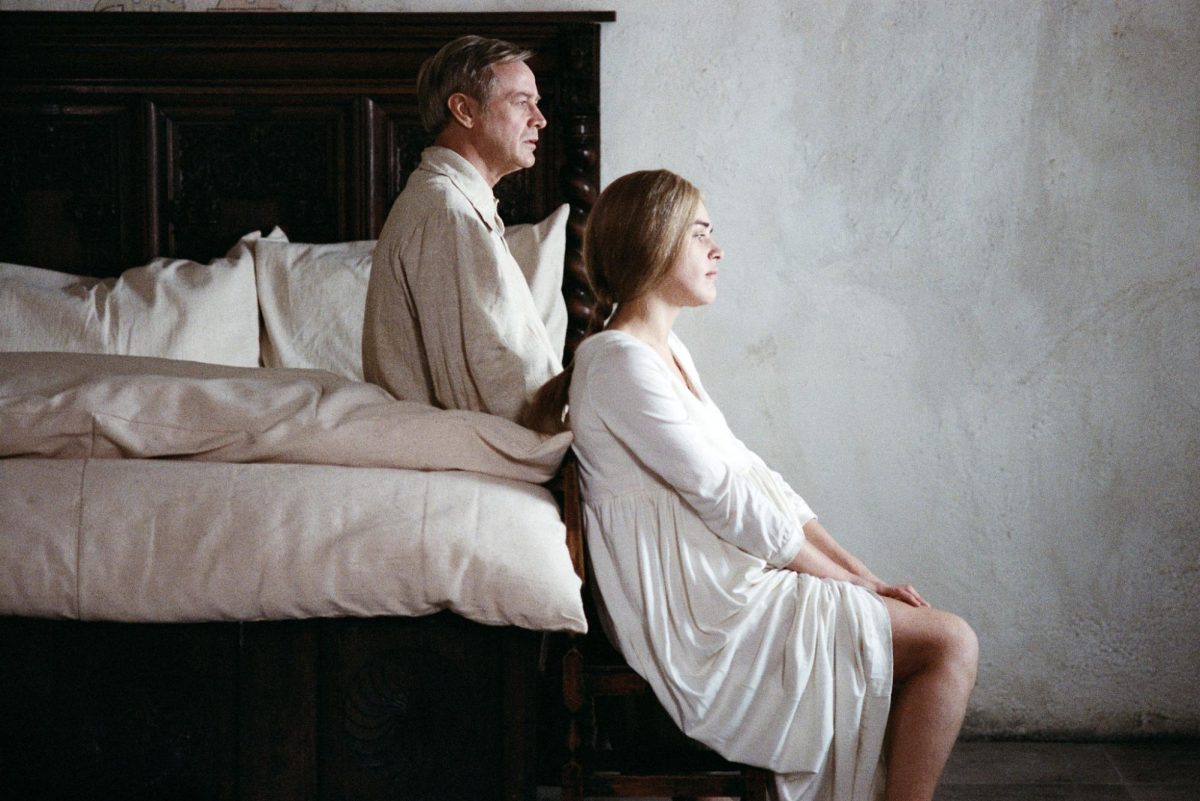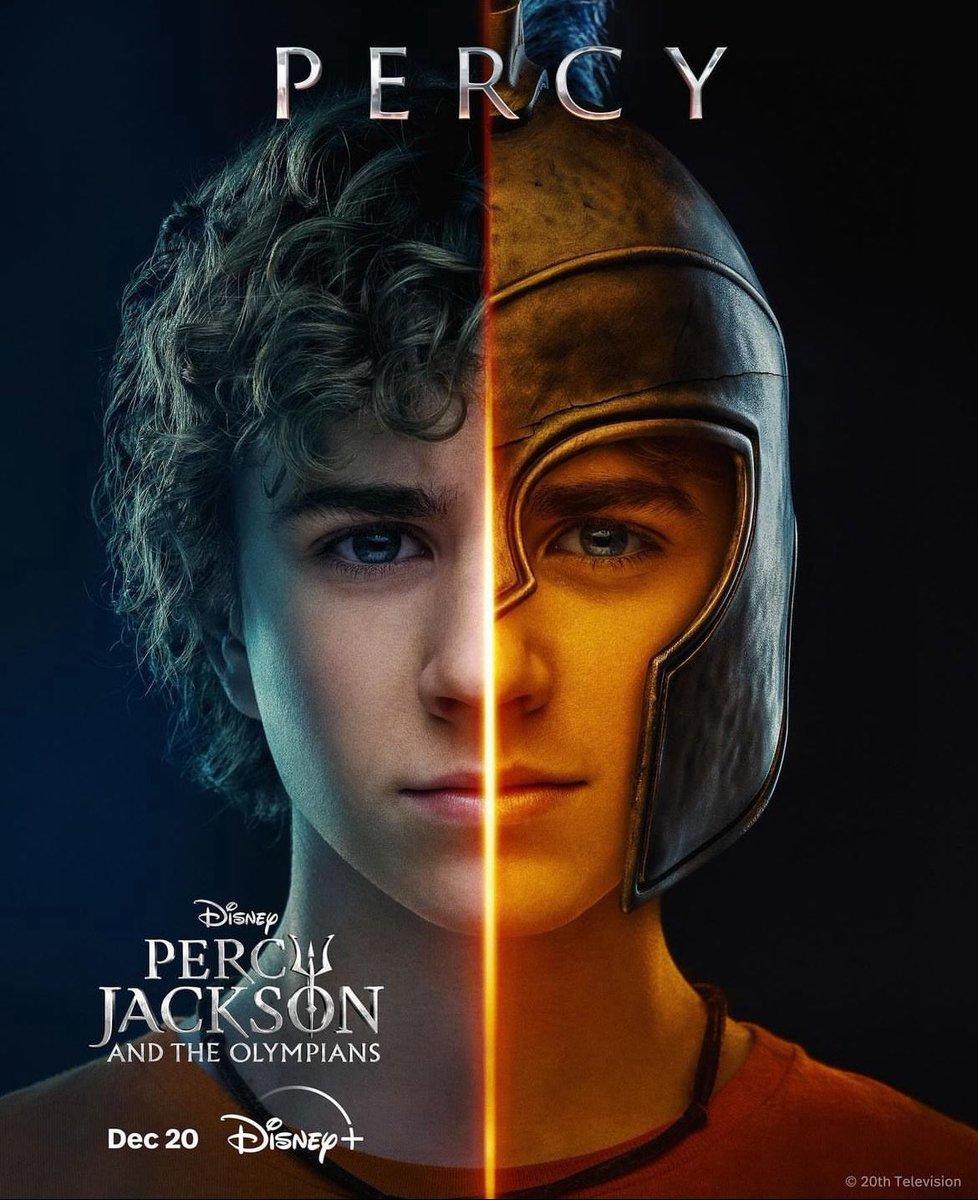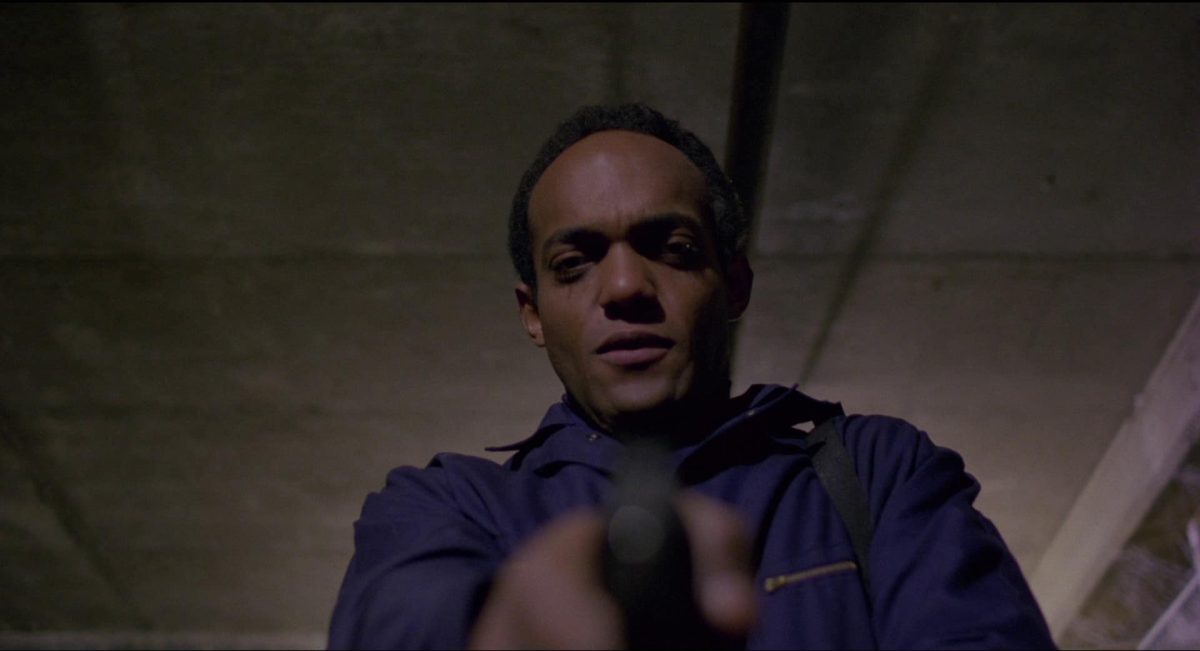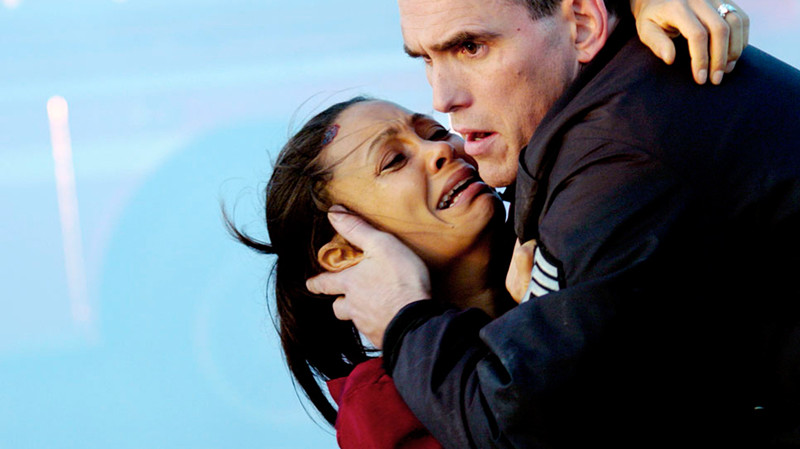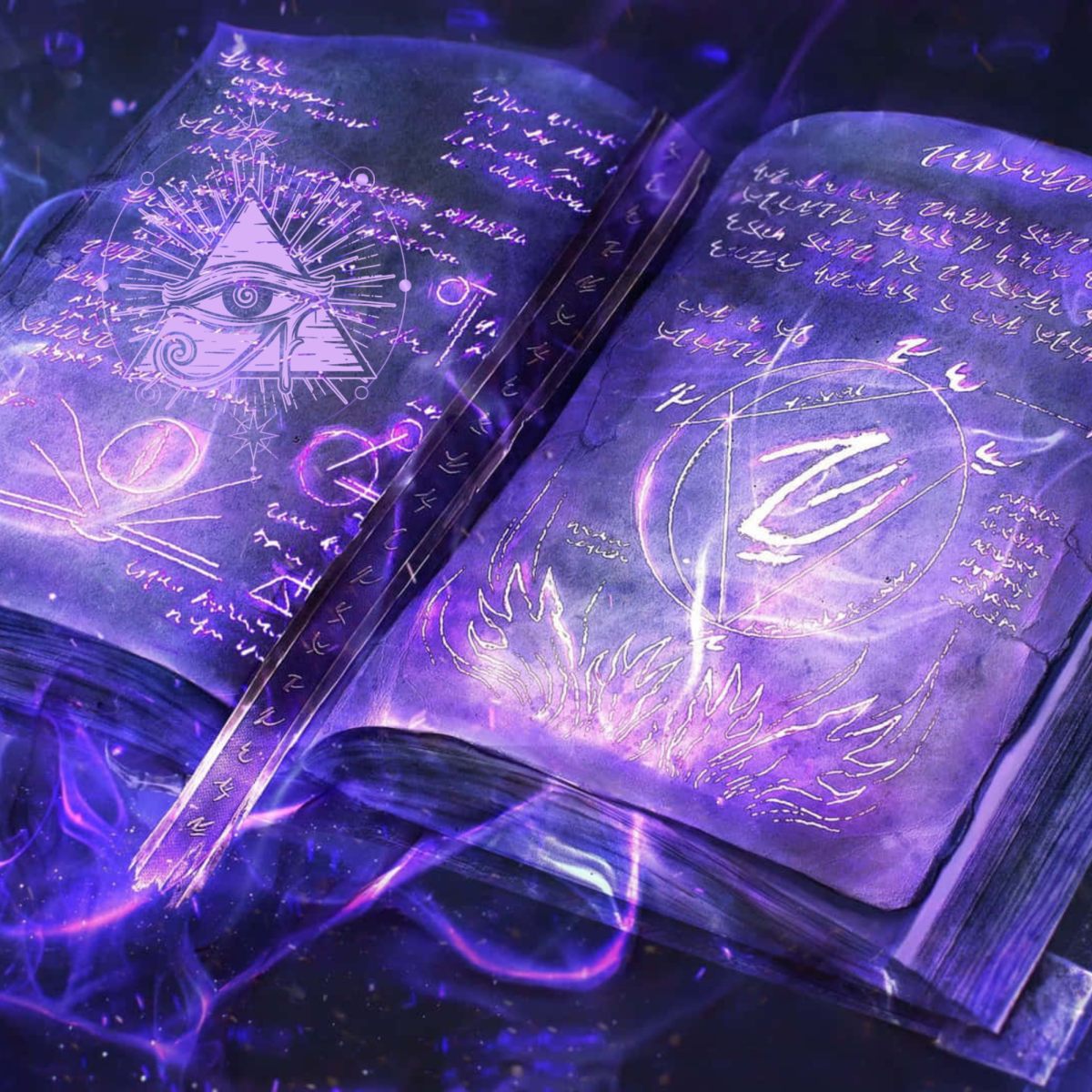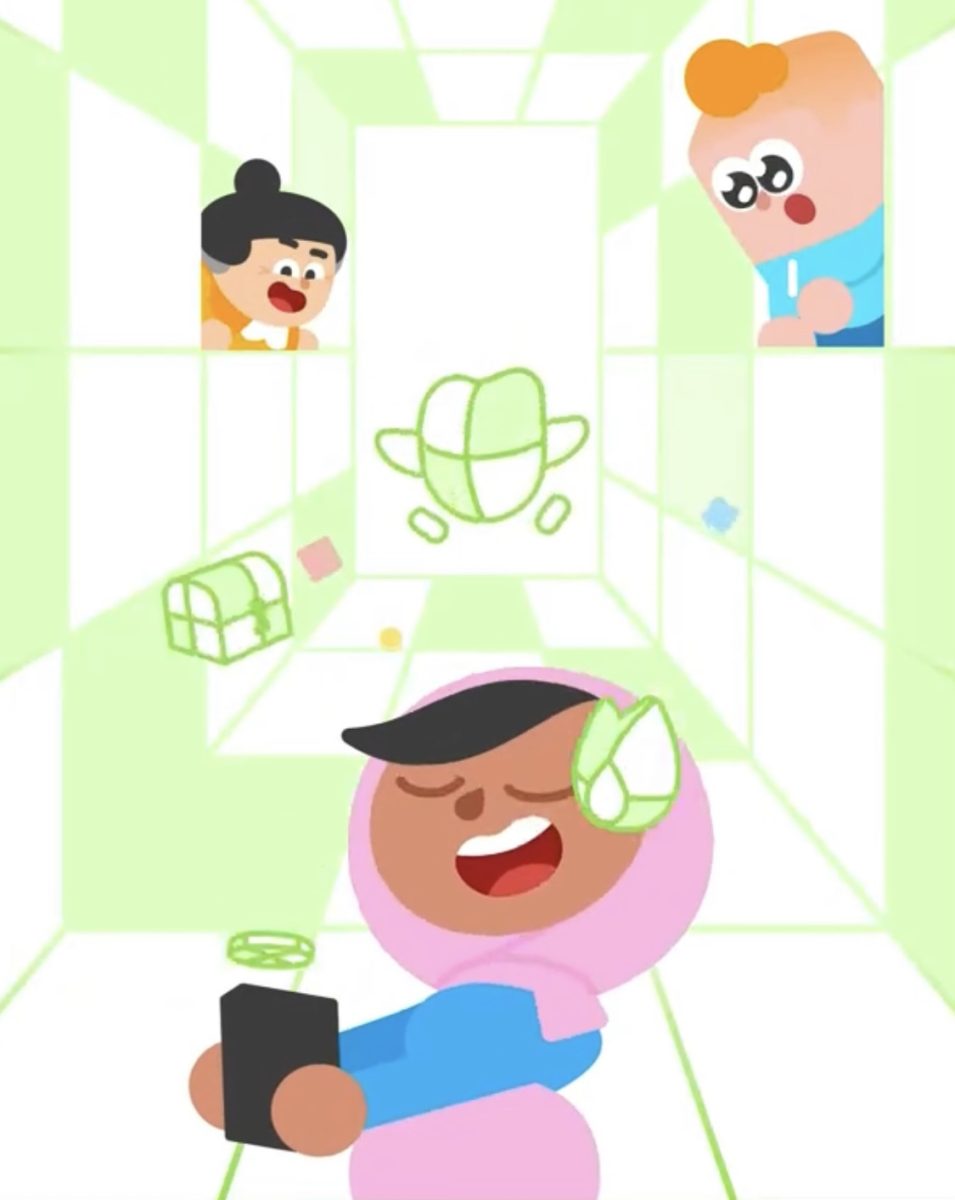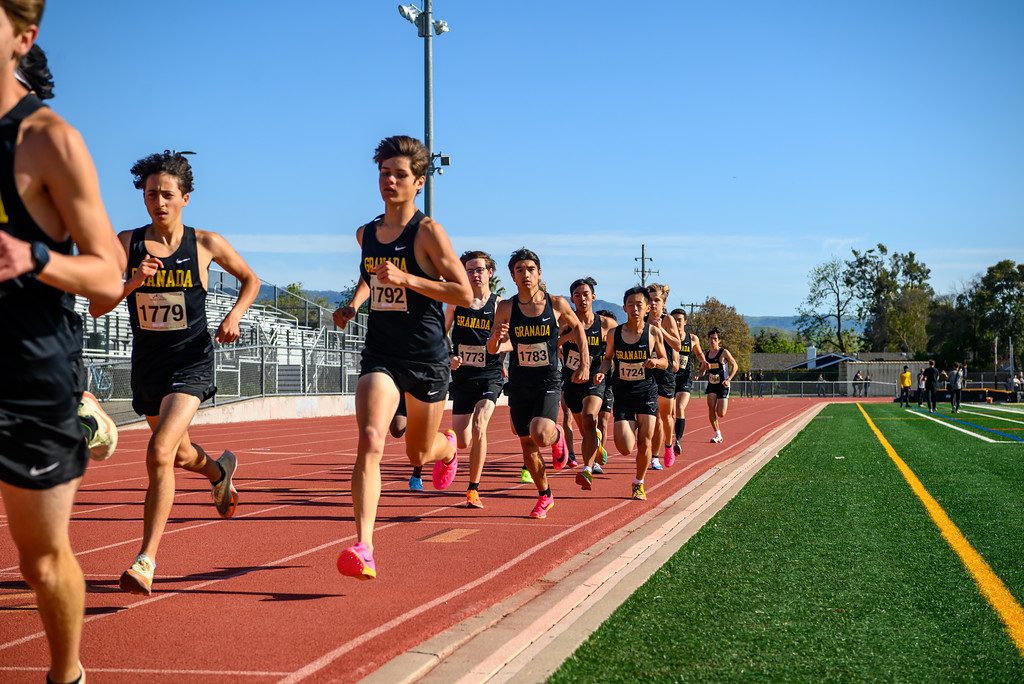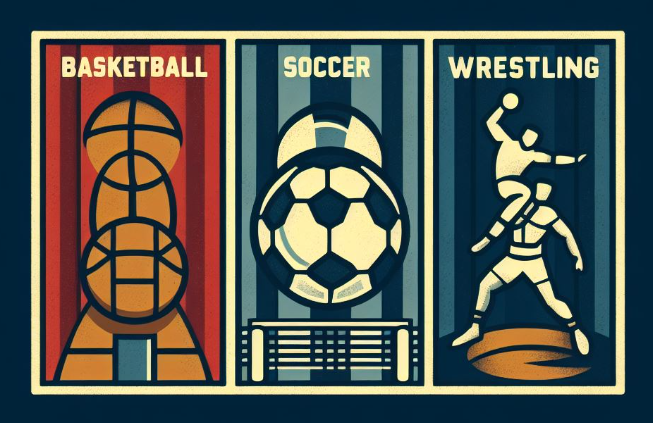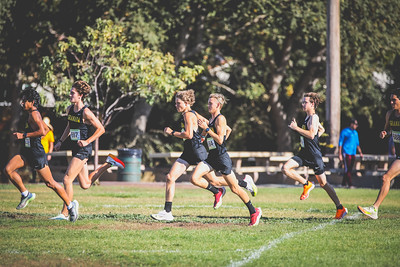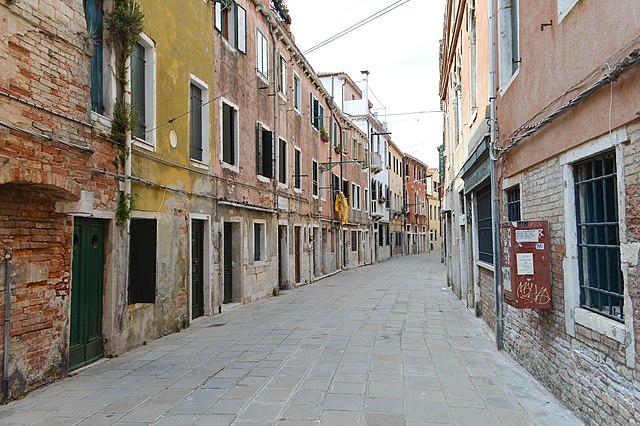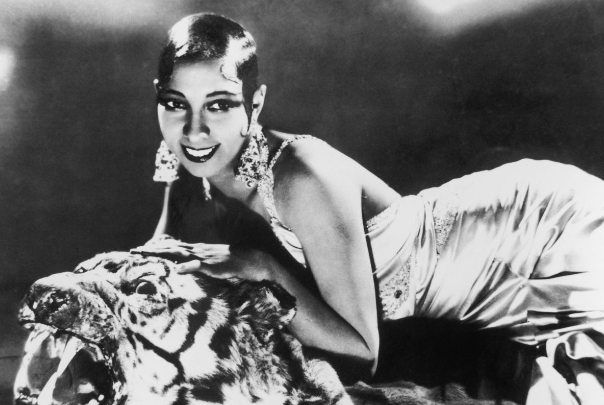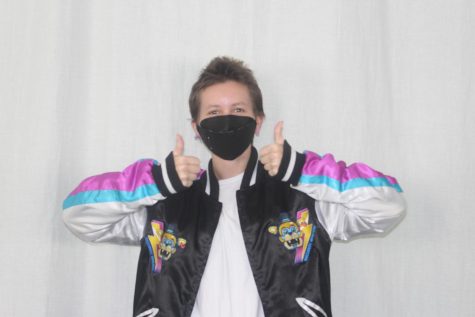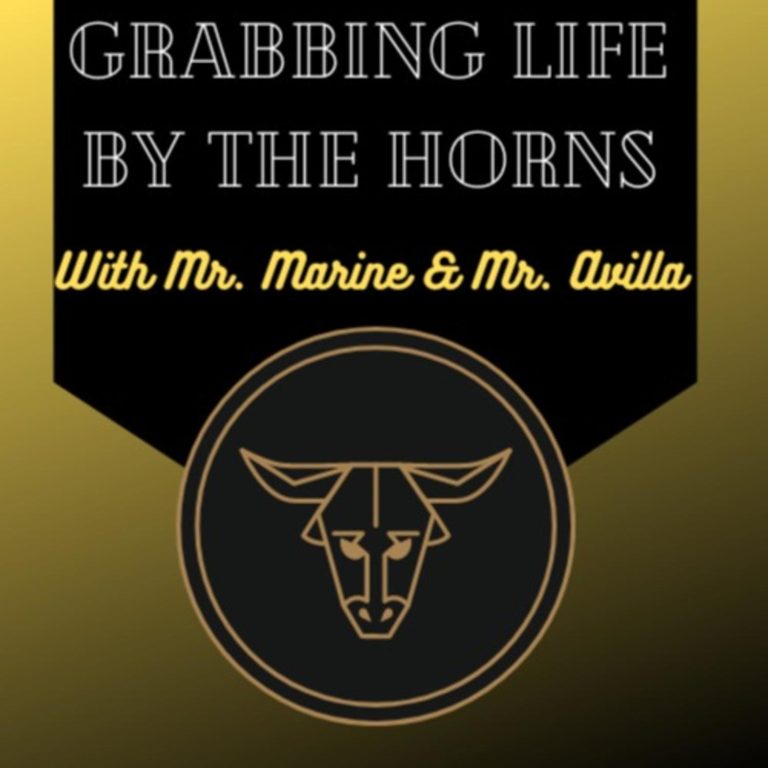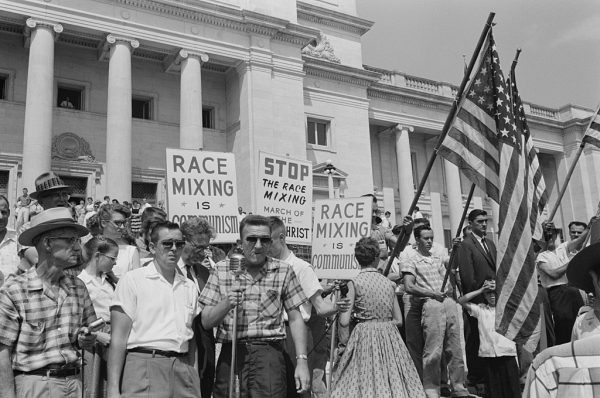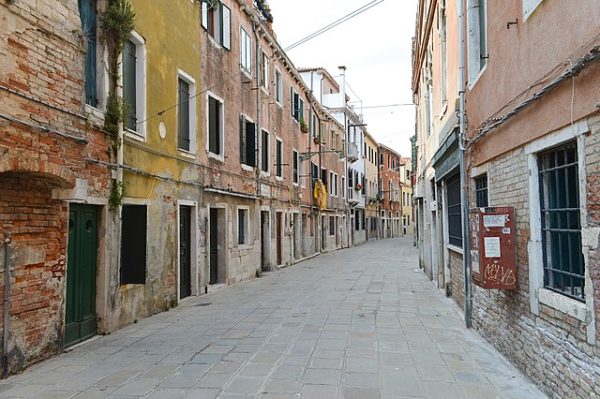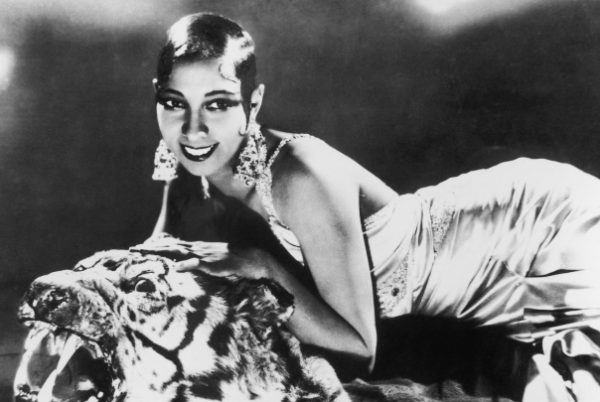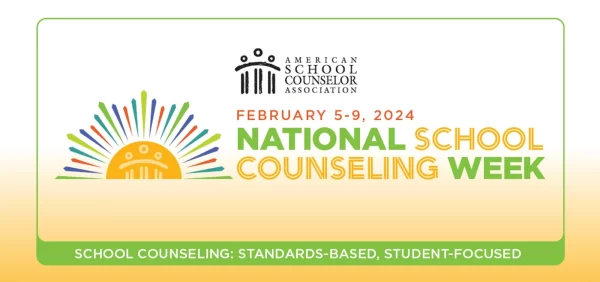What Is Coulrophobia?

October 14, 2022
Despite being rare as a genuine phobia, seeing as clowns aren’t wandering around everywhere, many people in the U.S. are afraid of clowns, a fear labeled “coulrophobia”. The prefix “coulro-” comes from the Greek word “kōlobatheron”, meaning stilt. The image of a killer clown has been popularized in American media and is the face of many horror themes.
The specification earlier of “in the U.S.” was an intentional distinction; coulrophobia is allegedly more prominent in the states compared to some other places. According to one clown in the World Clown Organization (WCA–yes, it is a real thing), when discussing with other clowns from places like India, Canada, Thailand, Venezuela, China, and Japan, they say that they’re generally accepted in their communities. A notable instance of this discrepancy was when the Nintendo of America team received the concept art of Lola Pop, a clown themed character in the Nintendo fighting game “ARMS”. The team apparently found her design a little scary, which amused the people at Nintendo Japan, feeling as if they had “learned a weakness of Americans.”
Psychologists believe that one of the natural factors of coulrophobia is based in their makeup. Clown makeup aims to exaggerate certain facial features, like their smile, eyes and eyebrows, and rosy cheeks. However, many people consider these exaggerations uncanny, as they resemble human faces but are distorted. People also fear being othered or outcast, which clowns do for themselves as a job.
 Coulrophobia’s prevalence in the U.S. can also be attributed to the high amount of horror media depicting killer clowns, such as Stephen King’s IT, which depicts an otherworldly monster taking the form of a clown to (attempt to) murder and effectively traumatize some children. Known as Pennywise, it’s the first thing many people think of when you mention clowns. There’s also Twisty the Clown from American Horror Story, Captain Spaulding, first from House of 1000 Corpses, then appearing in The Devil’s Rejects, the clowns from Killer Klowns from Outer Space, and many others. All of these depict murderous, violent characters who dress as clowns while hunting their victims, and the Killer Klowns are another depiction of alien lifeforms taking the form of a clown for whatever reason. However, on the more realistic end of things, killer clowns were a real threat to people in the past, furthering the fear of clowns in U.S. citizens.
Coulrophobia’s prevalence in the U.S. can also be attributed to the high amount of horror media depicting killer clowns, such as Stephen King’s IT, which depicts an otherworldly monster taking the form of a clown to (attempt to) murder and effectively traumatize some children. Known as Pennywise, it’s the first thing many people think of when you mention clowns. There’s also Twisty the Clown from American Horror Story, Captain Spaulding, first from House of 1000 Corpses, then appearing in The Devil’s Rejects, the clowns from Killer Klowns from Outer Space, and many others. All of these depict murderous, violent characters who dress as clowns while hunting their victims, and the Killer Klowns are another depiction of alien lifeforms taking the form of a clown for whatever reason. However, on the more realistic end of things, killer clowns were a real threat to people in the past, furthering the fear of clowns in U.S. citizens.
John Wayne Gacy was a serial killer who took the lives of 33 male victims under the ruse of offering them construction jobs, only caught after being arrested twice for sexual assault. Being a sensitive and gruesome topic to elaborate on, more detailed information can be found through personal research and/or by watching Netflix series Conversations with a Killer: The John Wayne Gacy Tapes (although when consuming media about serial killers, keeping in mind that it was a real murderer and not a character is important.). Gacy worked part-time as a clown, performing for children in hospitals, charity events, and more. Despite his clown work having close to nothing to do with his actual murders, the press and public began referring to him as a “Killer Clown”, and this connection piled on to the fear of clowns in America.
 A more recent situation that fed off of and fed into people’s fear of clowns, that many of you may remember, was the killer clown scare around 2016. What began as a marketing stunt for a low-budget horror movie in Green Bay, Wisconsin became a nearly nationwide “clown craze”, as a result of which there were many arrests and even a death. The marketing stunt included heavily circulated images of creepy clowns in parking lots, which got on to many news stations. These photos were revealed to be promoting a feature film released in 2018 titled Gags. After this initial “clown sighting”, people around the country (and eventually in Canada, Britain, and Australia) began both playing into the prank and taking it way too seriously. Multiple clown sightings were reported to the police, who had to actually crack down on pranksters lurking around in clown suits. The aforementioned death was that of a sophomore in Pennsylvania, who was stabbed to death while wearing a clown mask, notably pushed over on top of his head, and not actually covering his face.
A more recent situation that fed off of and fed into people’s fear of clowns, that many of you may remember, was the killer clown scare around 2016. What began as a marketing stunt for a low-budget horror movie in Green Bay, Wisconsin became a nearly nationwide “clown craze”, as a result of which there were many arrests and even a death. The marketing stunt included heavily circulated images of creepy clowns in parking lots, which got on to many news stations. These photos were revealed to be promoting a feature film released in 2018 titled Gags. After this initial “clown sighting”, people around the country (and eventually in Canada, Britain, and Australia) began both playing into the prank and taking it way too seriously. Multiple clown sightings were reported to the police, who had to actually crack down on pranksters lurking around in clown suits. The aforementioned death was that of a sophomore in Pennsylvania, who was stabbed to death while wearing a clown mask, notably pushed over on top of his head, and not actually covering his face.
Although all of these particular creepy clown iterations have gone down in popularity, the fear of clowns is still generally present everywhere. They are the face of many horror themed attractions, and many people dress up as clowns for Halloween every year.



